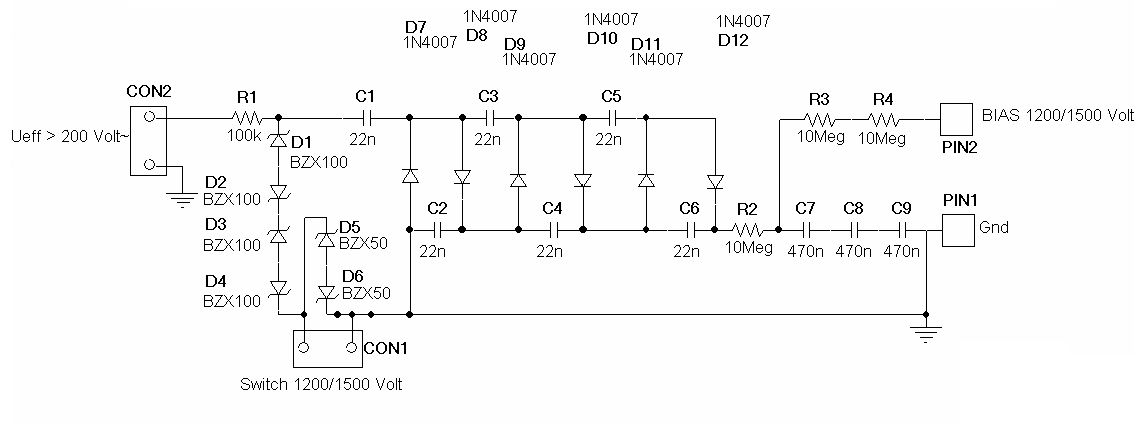analogsurviver
Headphoneus Supremus
- Joined
- Jul 2, 2012
- Posts
- 4,480
- Likes
- 373
I sent both my headphone and power supply back to them. However, yesterday they told me that they found absolutely nothing wrong with my Float QA, both headphones and the power supply. According to them, my Float QA is working perfectly. I really don't get it, the Float QA was very problematic when I tested it, not only with my home audio system but also at local audio stores using 4 different amps, and there was always that cracking noise.
Also, I read what your problem was, but I think my problem is different from yours. The crackling noise was the only problem you had, otherwise you found it to be a very good sounding headphone. For my Float QA, the crackling noise was very much apparent and the sound became extremely distorted, making listening absolutely unbearable. On top of that, my Float QA's volume was low, and I couldn't get it to sound satisfactorily loud enough even with my 70W Pathos Classic One amp. Moreover, the soundstage was cramped.
Because of the distortion, it honestly sounded much worse and unbearable to listen than an iBud. It sounded nothing at all like the normal, perfectly working Float QA I listened to at another headphile's house, although he was using a much cheaper amp.
I have no idea why QUAD is saying it works perfectly, while it sounds disastrous with 4 completely different setups and amps I tried in Korea. I even recorded the sound coming out of the Float QA with my iPhone and sent the recorded file to them to prove my point. Right now, I'm very worried that QUAD might keep on insisting there's nothing wrong with my Float QA, and just send it back to me the way it was without repairing anything.
It might be that the dreaded driver connectors/connections ( they are not soldered but rely on mechanical contact ) have oxydized on the way from Germany to you, performed as described at your place, on the back journey to its maker sustained some vibration in the plane, just enough to dislodge the oxyde layer - voila, both you and QUAD Germany could be perfectly right and truthful in the claims
Which does not provide one bit of a relief for the manufacturer. That connection should have been changed - AGES ago.
























